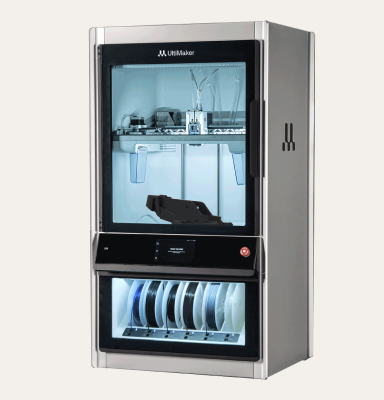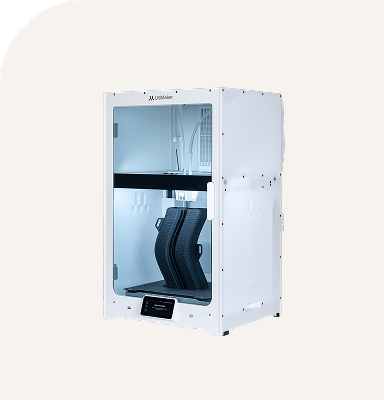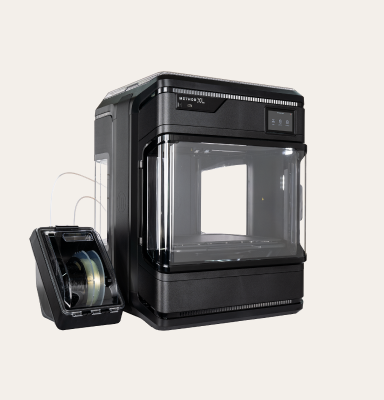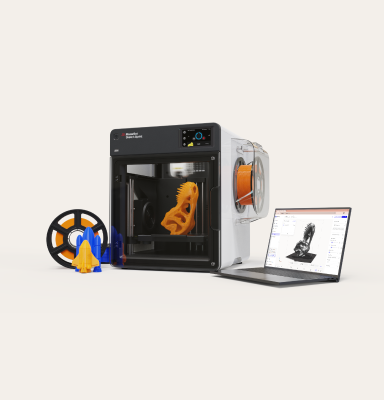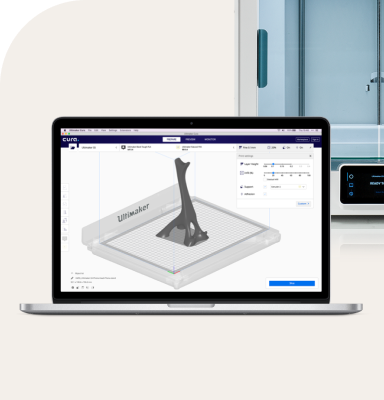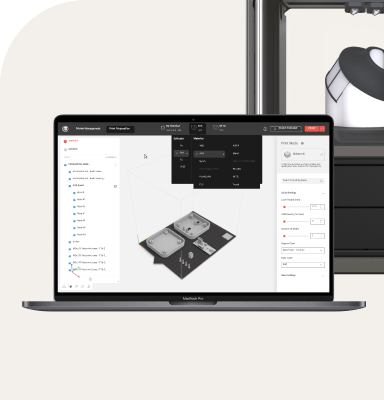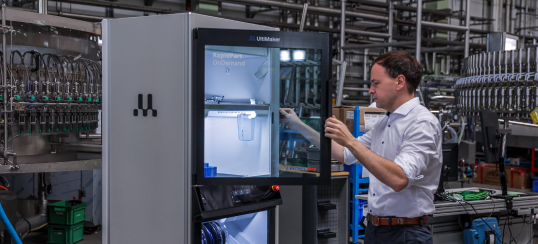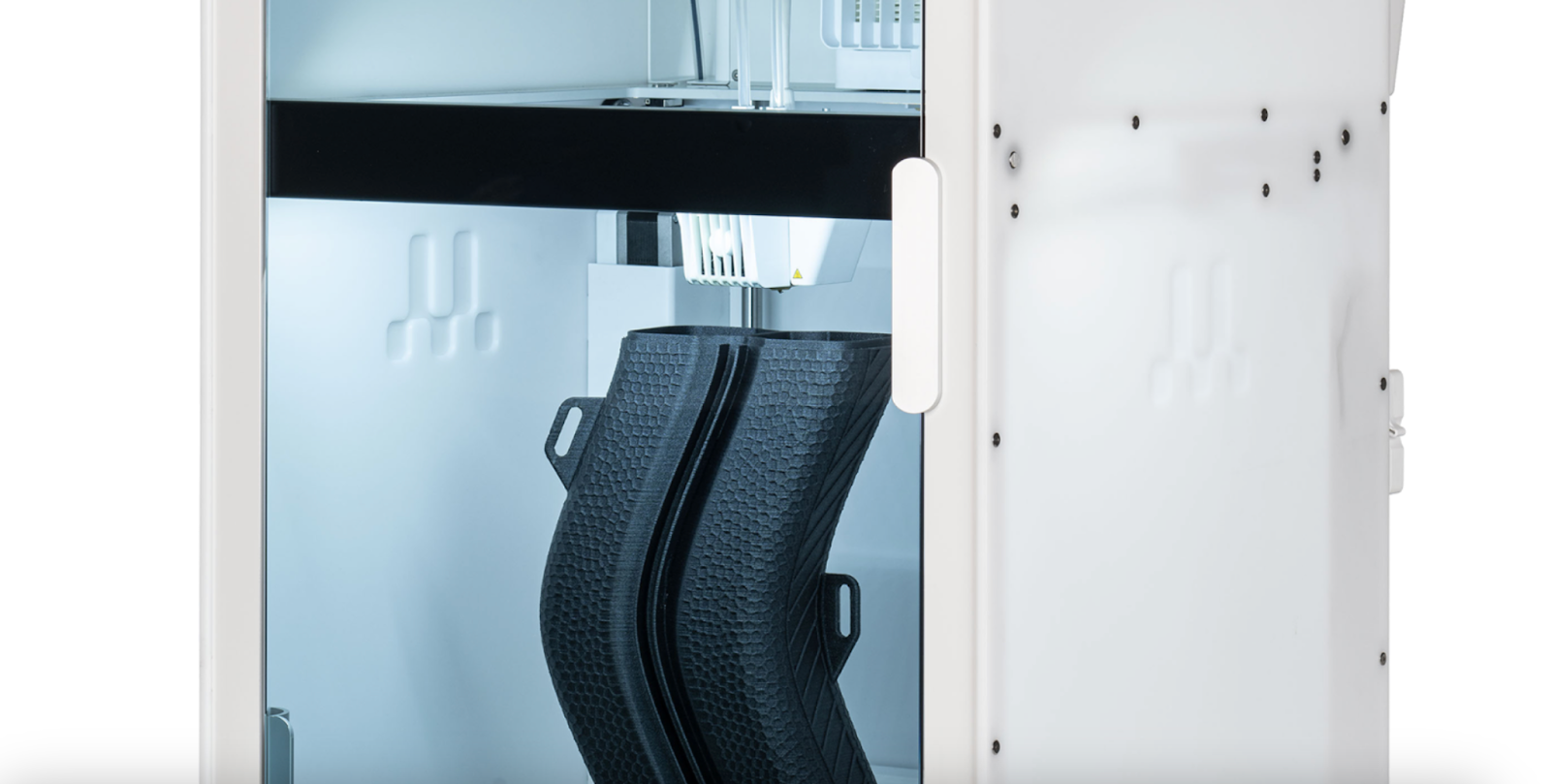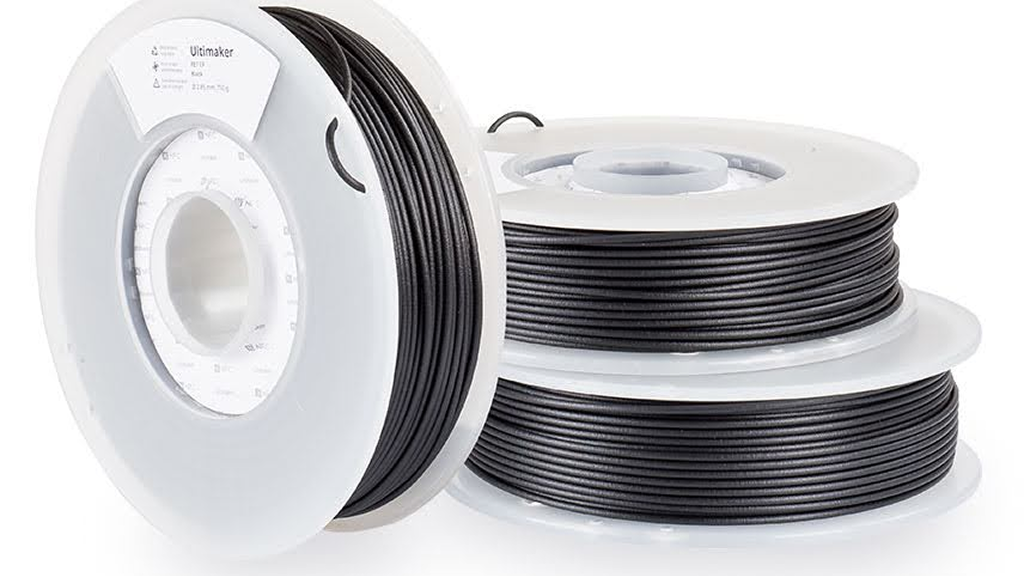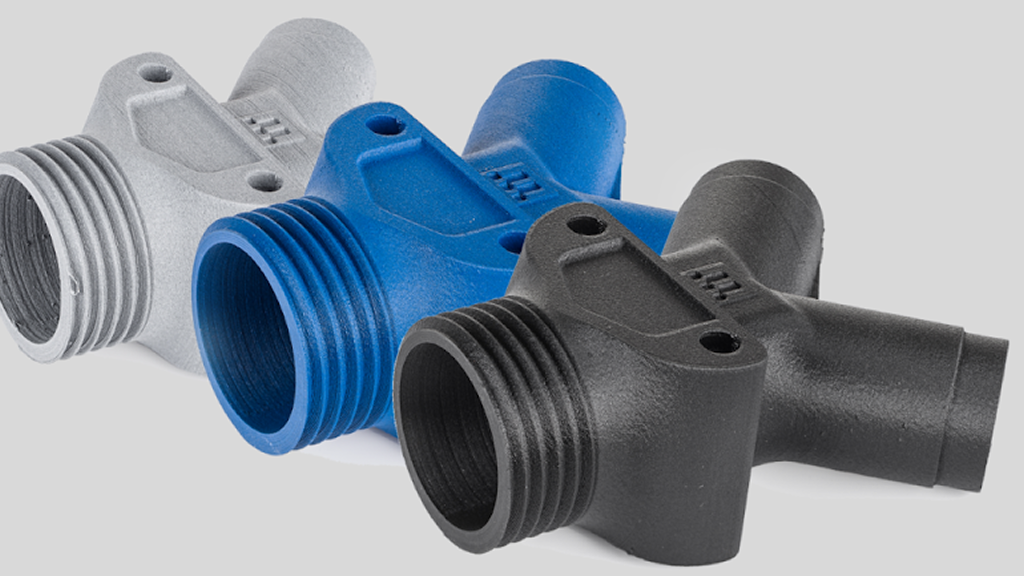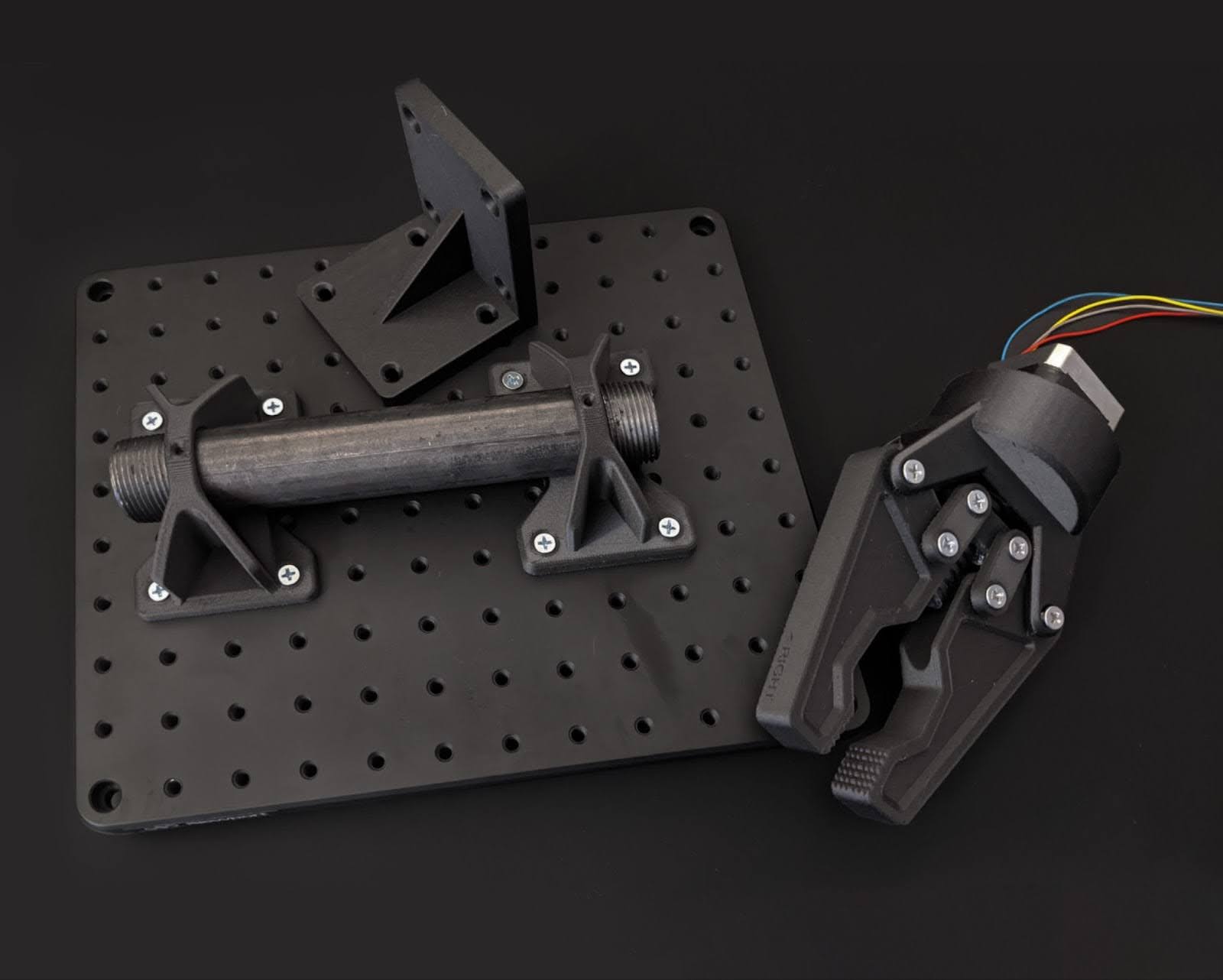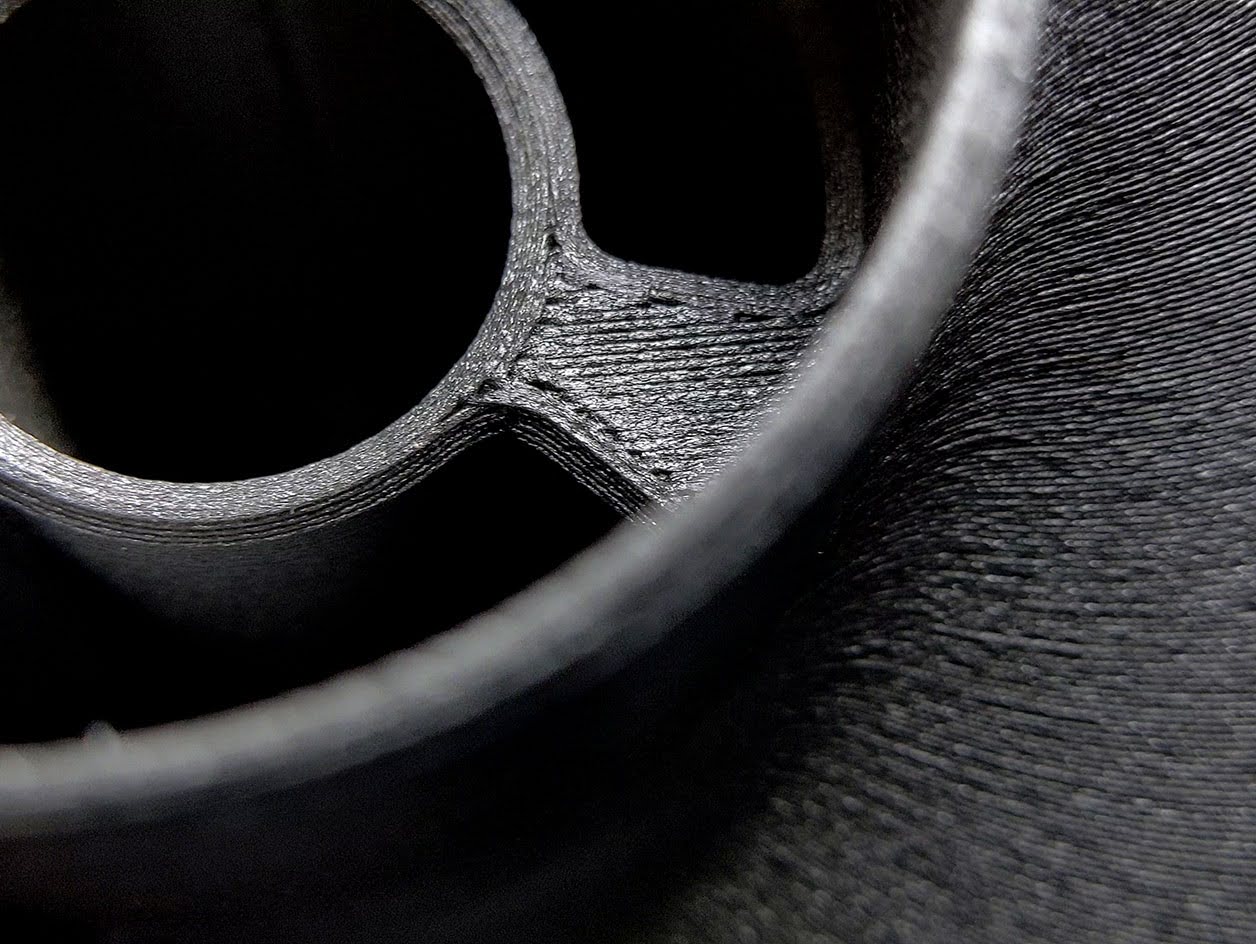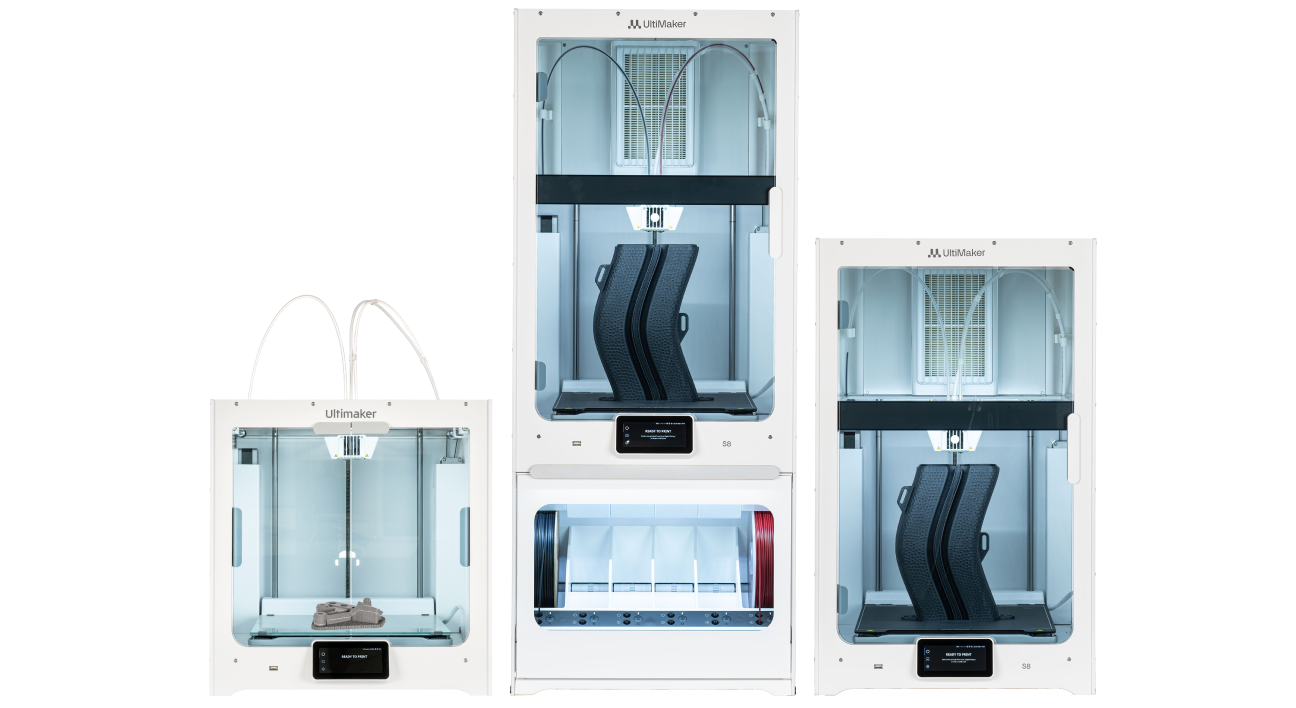Future trends in 3D composite printing technology
The field of 3D composite printing is rapidly evolving, with several key trends shaping its future development:
Advanced materials
Researchers are developing new composite materials optimized for 3D printing, including:
- High-performance thermoplastics reinforced with carbon nanotubes and graphene
- Bio-based and recyclable composite filaments
- Multi-material composites with tailored mechanical and functional properties
Improved fiber alignment
New techniques are emerging to achieve better alignment of continuous fibers during printing:
- Magnetic field-assisted alignment of carbon fibers
- Ultrasonic vibration to orient fibers along print paths
- Automated fiber placement integrated with extrusion printing
Faster printing speeds
Advancements in print head design and material formulations are enabling faster deposition of carbon fibre 3D printer filament and other composites:
- High-flow nozzles for rapid extrusion of fiber-filled materials
- Pellet-fed extruders for increased material throughput
- Multi-nozzle systems for parallel deposition
Larger build volumes
Manufacturers are developing printers with expanded build volumes for large composite parts:
- Gantry-style systems for printing automotive and aerospace components
- Robotic arm printers with 6+ axes of motion
- Hybrid systems combining additive and subtractive manufacturing
In-situ monitoring and quality control
Advanced sensors and machine learning algorithms are being integrated to improve print quality:
- Real-time monitoring of fiber orientation and distribution
- Closed-loop control of printing parameters
- Non-destructive testing of printed parts
As these trends continue to advance, 3D composite printing is poised to enable new applications in aerospace, automotive, medical, and other industries requiring high-performance, lightweight parts with complex geometries.
Embracing the future of manufacturing with 3D composite printing
3D composite printing represents a significant leap forward in additive manufacturing technology. By combining the design freedom of 3D printing with the enhanced properties of composite materials, this innovative approach is opening new possibilities across industries. From aerospace components to medical implants, the ability to create strong, lightweight parts with complex geometries is driving innovation and efficiency.
As the technology continues to evolve, we can expect to see even more advanced materials, faster printing speeds, and improved quality control. These developments will further expand the applications of 3D composite printing, potentially revolutionizing how we design and manufacture products.
For businesses and engineers looking to stay at the forefront of manufacturing technology, exploring the capabilities of 3D composite printing is essential. By embracing this technology, companies can gain a competitive edge through faster prototyping, more efficient production, and the ability to create parts that were previously impossible or impractical to manufacture.
The future of manufacturing is here, and it's being shaped by the incredible potential of 3D composite printing with carbon fiber filaments.
Advanced 3D printers like the UltiMaker S8 and S6 are making it easier than ever to work with composite materials, opening up new possibilities for innovation across industries.

